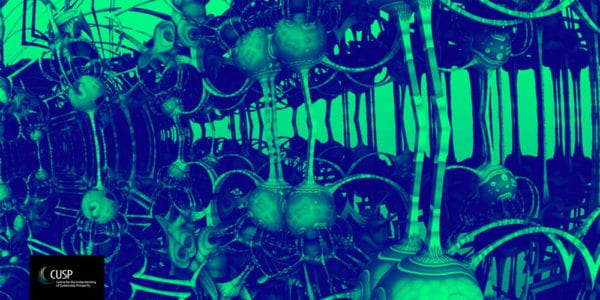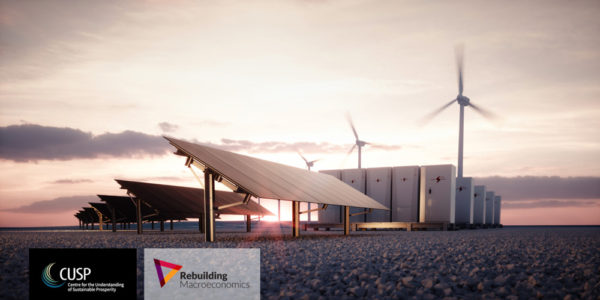A scenario-based analysis of the implementation of Sustainable Development Goals by 2050: A case study of Iran
Mojgan Chapariha
CUSP Working Paper Series | No 27

Summary
This paper presents a systems dynamics model for exploring possibilities for achieving four SDGs (SDG-1, SDG-8, SDG-12, and SDG-13) in Iran.
The model is used to generate four possible stories about the implementation of measures to achieve these SDGs in the future of the Iranian economy from 2020 to 2050: 1) the Scenario of Business as Usual continues current trends and projects them into the future, 2) the Scenario of Inclusive Growth is designed to simulate more income equality and faster economic growth, 3) the Scenario of a Steady State introduces measures to improve social, and environmental aspects while having zero economic growth, and 4) the Scenario of Well-being for People and Planet is designed to improve socio-economic and environmental aspects of the Iranian economy to achieve the four SDGs in Iran.
The performance of the Iranian economy for progressing towards the SDGs is monitored through four SDG indexes which are measured based on the arithmetic mean of selected indicators for each SDG, and a Combined Index of SDGs which is measured based on the arithmetic mean of the four SDGs indexes.
The results of the simulations of the SDGs model of Iran shows that the transformational scenarios (Steady State, and Well-being for People and Planet) provide better pathways in comparison to conventional scenarios (Business as Usual and Inclusive Growth) for achieving the SDGs. Moreover, transformational policy changes and extraordinary efforts are required for progress in achieving SDGs overall.
The full paper is available for download in pdf (6MB). | Chapariha M 2021. A scenario-based analysis of the implementation of Sustainable Development Goals (SDGs) by 2050: A case study of Iran. CUSP Working Paper No 27. Guildford: Centre for the Understanding of Sustainable Prosperity.
Acknowledgements
This working paper is based on my PhD thesis that will be submitted to the Lisbon School of Economics and Management at the University of Lisbon. I would like to thank my supervisor Professor Peter Victor for his advice, encouragement, support, and detailed comments on this paper. The financial support of the Economic and Social Research Council for the Centre for the Understanding of Sustainable Prosperity (ESRC grant no: ES/M010163/1) is gratefully acknowledged.




